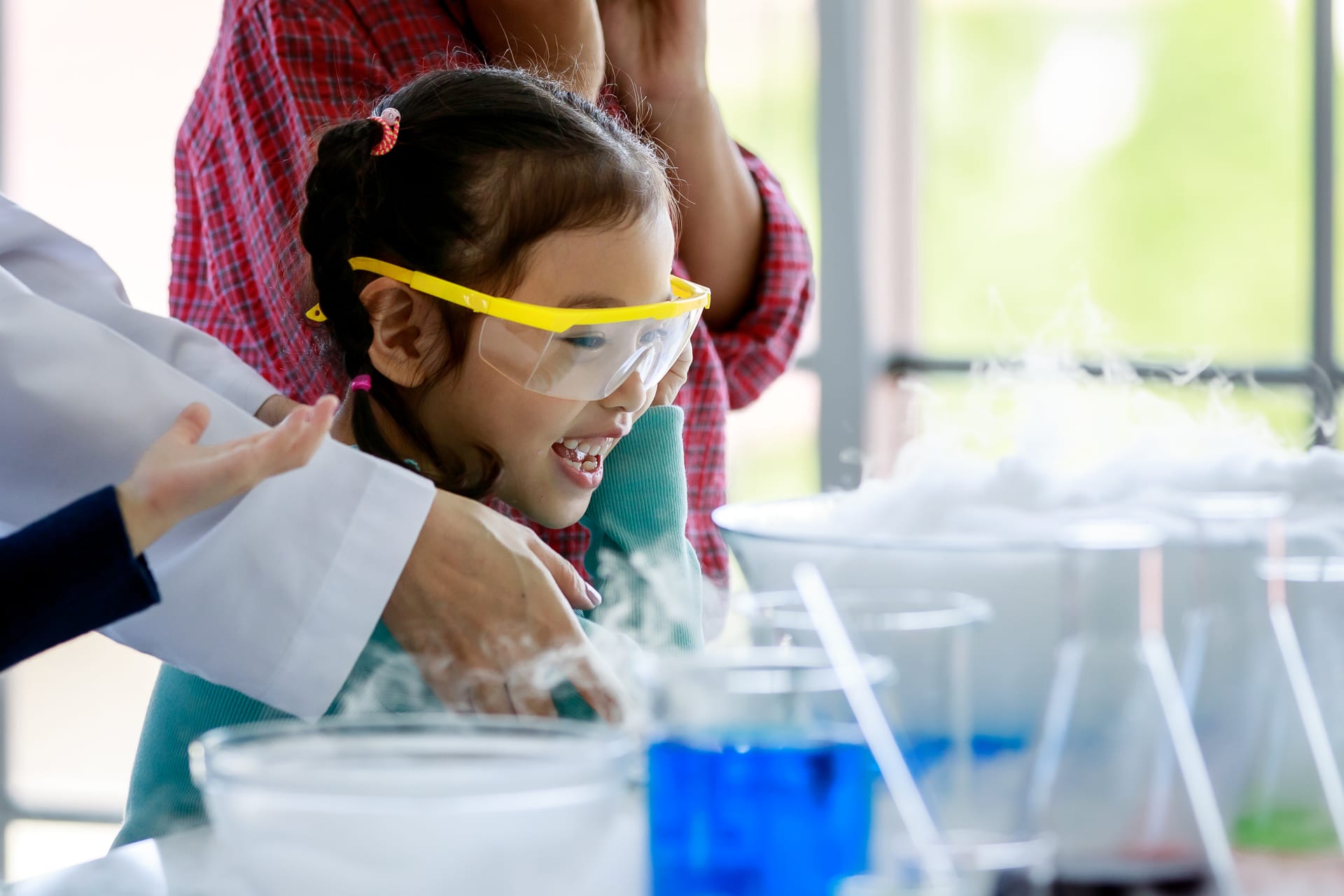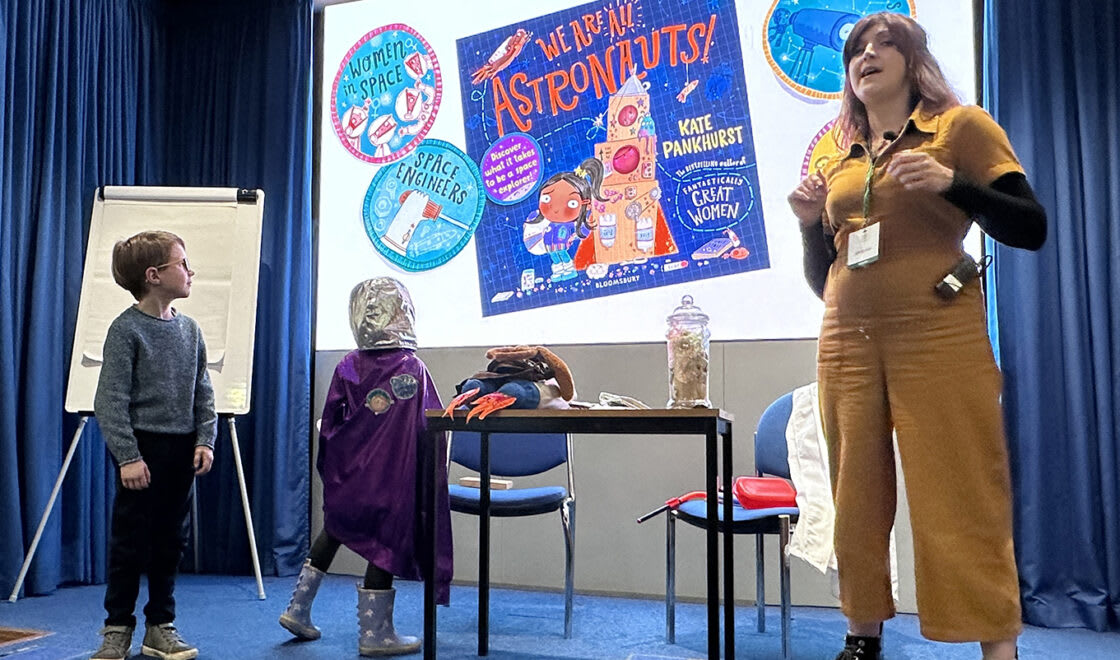A new survey conducted by Microsoft in Europe found that young girls develop an interest in science, maths, engineering, and technology (STEM) at age 11 only to lose it again by age 15 – a seemingly very small window to engage girls in these subjects. How can we work to fill this time most effectively, and are there earlier factors that can impact the fragility of this window?
While the issue has gained some attention in recent years and consequentially improvements have been made, the percentage of female graduates in STEM is still just 26%, which translates into a workforce where women take up just 24% of STEM jobs. The truth is preconceptions, stereotypes, and subconscious prejudice surrounding gender roles can impact a child’s development, and consequentially their likelihood to pursue STEM, from as early as nursery age. Sharply divided ‘pink and blue toys’ – with tea sets and dolls on one side and cars, building blocks and puzzles on the other – mean that both genders lose out on some of the benefits of play.
Children’s futures can be determined by what is introduced in this very early stage of their development: a recent report regarding toy catalogues conducted by the UK group Let Toys Be Toys showed that girls were nearly twice as likely to be shown engaging in domestic play (kitchens, babies, etc) while boys were four times as likely to be shown playing with cars and other engineering-based toys. Later, these stereotypes can be maintained by teachers. A new survey from Accenture indicated that 57% of teachers have held subconscious stereotypes about girls and boys in relation to STEM. Worryingly, this can be carried into their marking, meaning that girls have to work harder to achieve the same grades as their male peers.
A question repeatedly asked by secondary-school students is, ‘When are we actually going to need to know this?’ Abstract, as opposed to concrete, learning, or simply put, a lack of applicability is a big factor in failing to engage students at school. Many reason that if they aren’t planning to pursue a subject beyond GCSE, there is no other reason to engage. Of course, science, technology, maths, and engineering come into most aspects of day-to-day life, and practical examples might be exactly what is needed to ensure that initial engagement which could continue to a passion in STEM.
Furthermore, STEM role models are rarely championed in mainstream pop culture, and this is even more true when it comes to female representation. A notable exception is the fictional FBI Agent, Dr Dana Scully, lead character in The X Files’ (1993-2018) portrayed by Gillian Anderson. It has since been proven that girls who watched The X-Files growing up were more likely to work in STEM. More please. Pearl Mackie’s Bill Potts in Dr Who was another step forward, but both examples are still bucking the male-dominated norms. Improving visibility and representation in the media is crucial. After all, you can’t be what you can’t see.
It is something of a perpetual cycle, fewer women work in STEM; the industry remains dominated by men; a masculine workplace culture develops which becomes less attractive to females. People have a fundamental need to fit in socially and to feel included, accepted, and at home (Baumeister & Leary, 1995; Gabriel, 2021; Major & Schmader, 2017; Ryan & Deci, 2000; Vignoles, 2011). Without a sense of belonging in the workplace, the motivation for women to strive for a job in STEM is jeopardised.
So, what can we do? We asked some of Oxford’s science-based companies and organisations about their opinions and found out some of the initiatives and schemes they provide to encourage women and girls into STEM.
Vanshika Goel, President of Oxford University Women in Engineering, Science and Technology (OxWEST)
"I think the best way of encouraging girls to get involved is by increasing exposure to STEM sectors. Given that STEM is quite a generic term for what is an (incredibly) diverse field, it can seem super daunting and monolithic from the outside. At OxWEST, one of our aims is thus to demystify what STEM actually entails, so that women and girls realise that it’s not just super technical quantum physics, complex coding, or hard-line medical practice. Once girls realise that, I believe it’ll make their interest, entry and breakthrough into STEM, that much easier. It’s very real, very interdisciplinary and very tangible."
Madelaine Swift, STEM Projects Officer, Science Oxford:
“Science Oxford’s STEM Careers Programme is designed to create opportunities for secondary school students – girls and boys – to gain the information, knowledge and skills that could springboard them into a STEM career. We do this by providing students with insight into STEM careers by offering STEM Career Days and Skills Workshops, Insight Weeks and Work Experience Placements. We realise that girls are often under-represented in STEM careers and so we run specific programmes like our ‘Girls in STEM’ workshop, designed to give girls role models and paths into STEM careers, as well as celebrating International Day of Women and Girls in Science, with careers events and company visits. These programmes have helped encourage a higher level of applications to our STEM Insight weeks and further requests from schools and employers for specific events for girls.”
Kasia Lewis, Director of Oxford International Biomedical Centre:
“Our Scientists In Schools programme brings together leading STEM professionals at the cutting edge of their field with schools to enthuse more young people to connect with science and encourage them to pursue a career in STEM. We are particularly keen to inspire more girls into science and we often invite women scientists to present their careers’ paths to students. Schools can pick from three different formats of Scientists In Schools events: a half or full day seminar, Café des sciences or a career talk.”
Enya Hagan, OLA 6th form Student:
“Never in a million years would I have dreamed that I would sit the three sciences at A-Levels. In year 7, the science world seems daunting, however at OLA the science team made topics feel easy, they did this by engaging us in fun activities, such as growing sugar snakes. Being a woman in STEM at OLA, I have never felt out of place, I am in a physics class of nine boys and only three girls including myself. At OLA we have always been encouraged as women to follow our dreams especially in STEM.”








